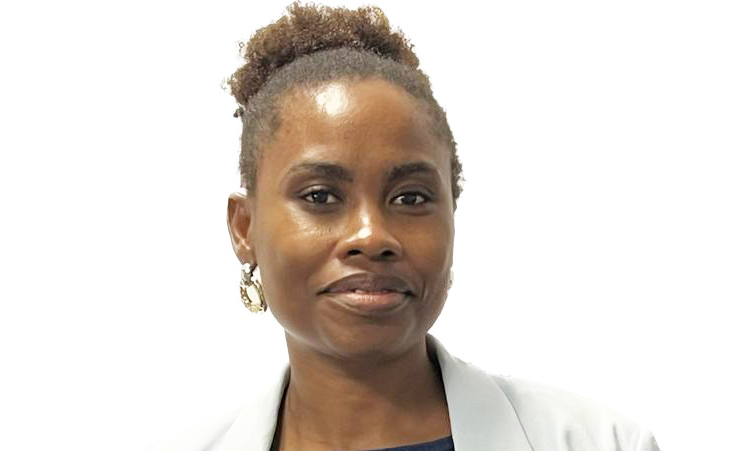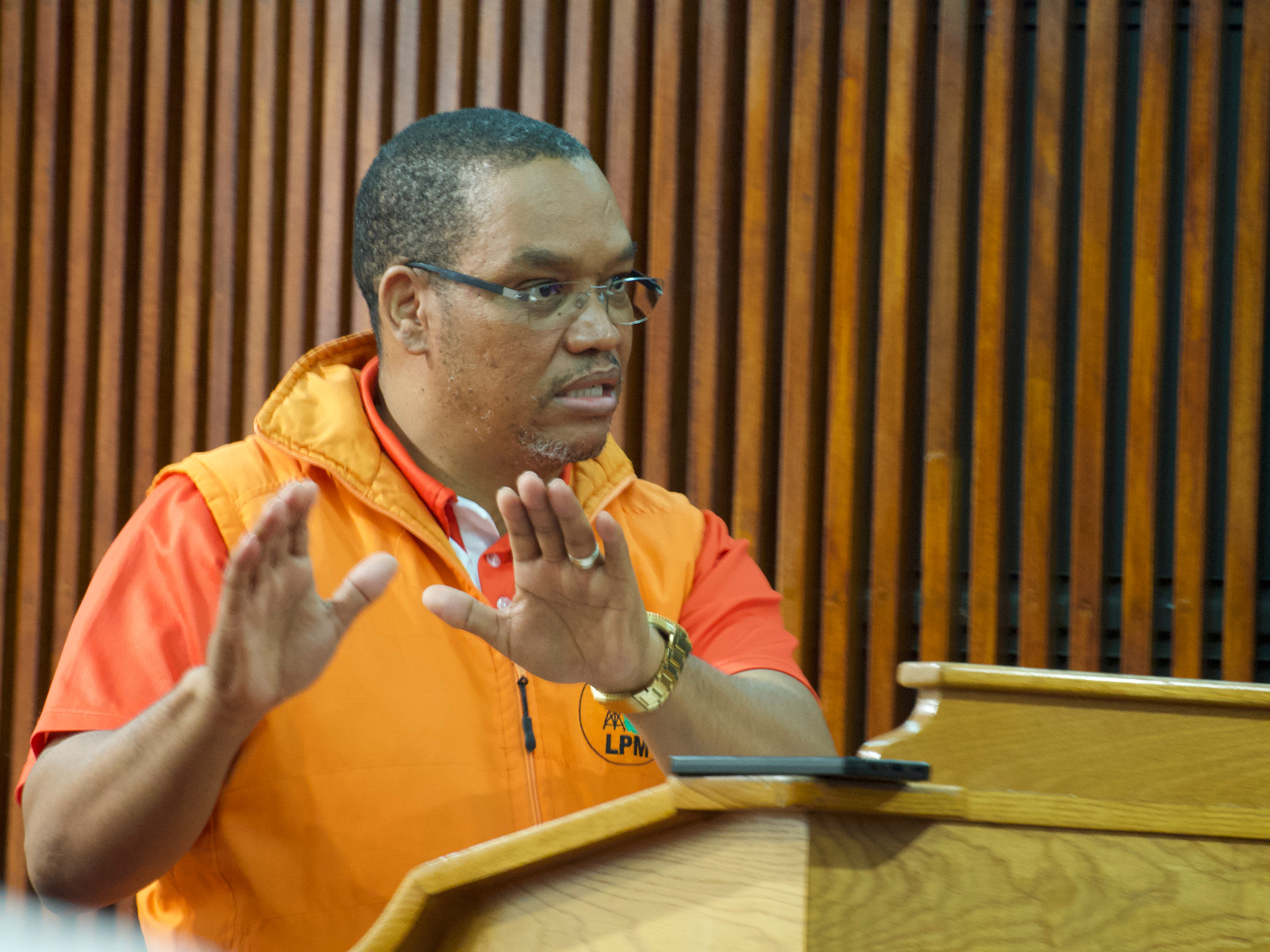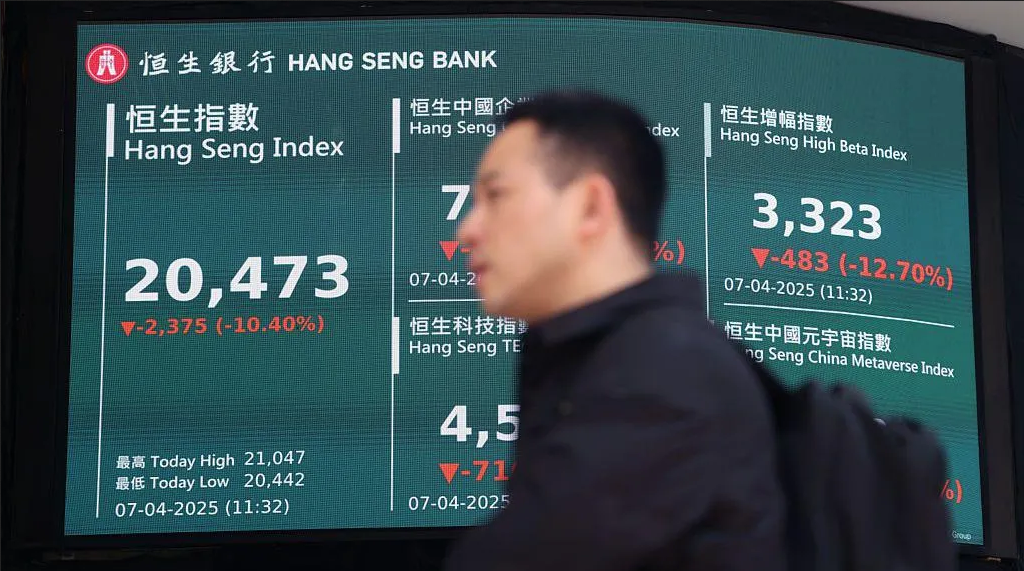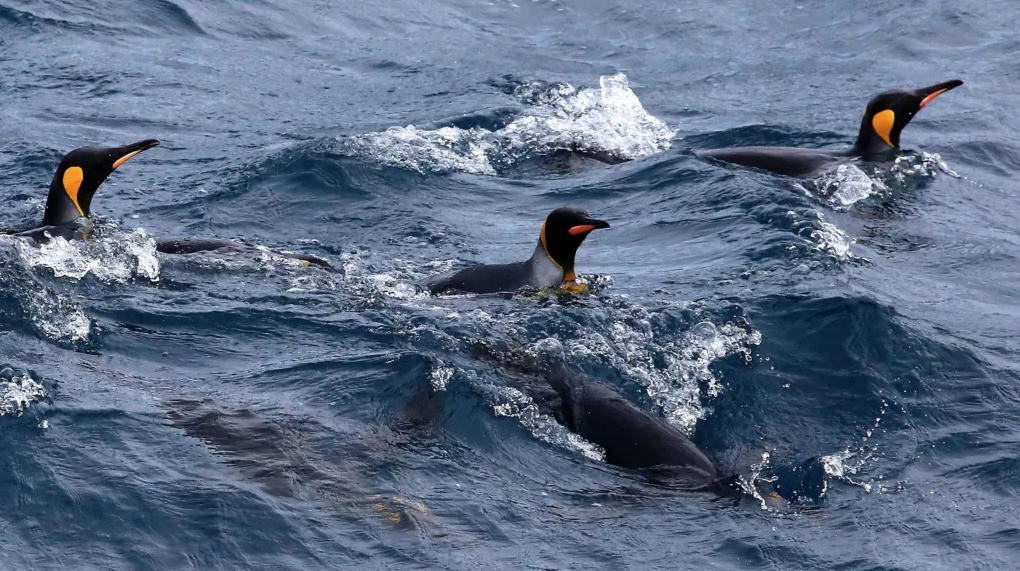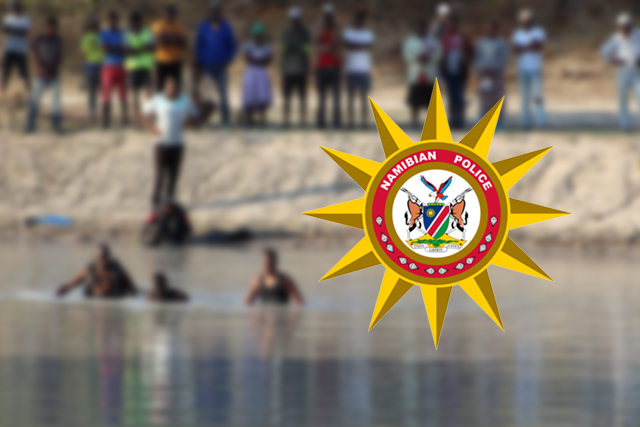Namibia’s government has been the beneficiary of over N$3,3 billion over the last two years.

This emerges from an extensive analysis conducted by the National Planning Commission, shedding light on foreign aid received by the country between the financial years of 2020 and 2022.
The document delves into the origins of these funds, their allocation, and the potential ramifications for the nation’s socio-economic fabric.
This accounted for less than 2% of gross national income and approximately 6% of the government development budget.
“The official development assistance (ODA) committed by development partners was recorded at N$1,601 billion in 2020/21 and increased to N$1,733 billion in 2021/22 representing an 8% increase,” it reads.
Namibia’s biggest contributors are Germany whose aid continued to increase from N$556 million in 2020/2021 to N$ 787,6 million.
The United Nations contributed N$217 million in the 2020/2021 financial year and boosted it to N$241 million in 2021/2022.
The United States aided with N$732 million over the two years.
The European Union’s aid stood at N$322 million, but slashed it to N$165 million.
China’s funding was recorded as N$72 million in 2020/2021 but trimmed it to N$55 million the following year.
Japan slightly increased the funding from N$21 million (2020/2021) to N$23 million (2021/2022)
The highest amount received by the government was in 2009/2010 when the government got N$ 3,3 billion in a single year.
“The highest value of assistance as a percentage of gross national income in Namibia was recorded immediately after independence in 1991 at 5,8%,” it reads.
Since then, this has reduced to N$2,8 billion before the lowest amount the government collectively received was in 2019/2020. It recorded N$1,3 billion.
Economist Winnie Thebuho says detaching African institutions from an aid-dependent economic paradigm, which has led many governments to view help as a source of money, is one method to reform foreign aid.
“Namibia should instead encourage the growth of the private sector, increase domestic investments, entrepreneurship and better taxation practices,” she suggested.
Thebuho further says the Namibia Revenue Agency is on the right path to restructuring and committed to enhancing compliance with the Namibian tax, customs and excise laws as guided by its internal processes.
The economist says firms need to be sensitised and empowered to embark on sustainability as a business strategy initiative.
“This will enable the private sector to embed three pillars of sustainability that focus on environmental, economic, and social protection into their key performance indicators,” she added.
Thebuho says the government must motivate public and private investors to fund environmental projects to mitigate climate change, improve and protect Namibia’s biodiversity.
The government explains in the report that the implication of the lessening assistance can result in a reduced number and size of donor-funded projects.
“Thus the declining volume of aid in relation to the country’s development needs is likely to put pressure on the government’s fiscal budget as the government must take over projects initially complemented by the assistance,” the report reads.
The assistance, the government said, has been supporting their national efforts on development and poverty reduction.
“Today, assistance in Namibia complements domestic resources in supporting national priorities as articulated in the country’s national development plans and supporting socio-economic development strategies,”
Thebuho says the decline in donor funded projects following the 2021/22 fiscal year stems from the Covid-19 pandemic and the war in Ukraine.
Thebuho reckons that the assistance to Namibia has decreased because of certain development partners scaling back their assistance, closing offices, or altering their modes of collaboration.
“Public and private investors are not inevitably interested in funding environmental projects that can combat climate change and increase or protect the biodiversity of the country,” she said.
The economist said environmental projects are viewed as a profit killer especially by the private sector.
Thebuho said initiatives such as improving access to water, healthcare, affordable housing and provision of high-quality education are not given adequate attention.
These projects align to the Agenda 2030 objectives, the fifth National Development Plan and the Harambee Prosperity Plan.
“This is because they regard these projects to be too risky or low in priority,” she said.
The economist emphasised that these are priority areas that are important for the growing population, and they also bring stability between developed and developing countries.
“However, studies have shown that injecting aid into a combined national planning and budgeting system yields a beneficial aid management system, as it was done in Botswana,” Thebuho added.
AIDERS
The three major financiers were Germany, the European Union (EU), and the USA which together provided over 70% of total foreign aid.
During 2021, Germany’s aid amounted to N$242,2 million which included N$222,8 million in finances and N$19,4 million in technical assistance.
The financial cooperation was split into interest-reduced loans of N$161 million and grants added up to N$81,2 million.
In 2021/22, the aid was specifically meant for projects of natural resources management (N$421 million); sustainable economic development (N$165 million); inclusive and sustainable urban development (N$56 million); cross-cutting ones like water, sustainable development goals initiatives in Namibia and energy (N$78 million); as well as transport (N$68 million).
The aid from the United States was mostly focused on the country’s operational plan on combating HIV-AIDS in Namibia through the US President’s Emergency Plan for AIDS Relief (Pepfar).
In the 2020/21 fiscal year, this aid was N$366 million for the project to reduce the impact of HIV-AIDS, malaria and tuberculosis in Namibia.
The European Union funds 10 programmes in Namibia amounting to N$312,8 million in 2020/2021 and N$165 million 2021/2022.
These programmes are education sector reform; the livestock support programme in the northern communal areas; communal land development; support to vocational education and training; climate change adaptation and mitigation; enhancing participatory democracy; support to the economic partnership agreement implementation; coordination and implementation of nationally determined contributions; NPC support programme; as well as the technical cooperation facility.
Not all these programmes were funded consistently throughout the two years.
Other countries such as China supports Namibia mainly through grants, interest-free and concessional loans, as well as technical assistance.
One such example is the road construction to Hosea Kutako International Airport which is now at phase 2B. This project is worth approximately N$ 1 billion.
Another project the Chinese are funding is the construction of four rural schools in the form of a grant aid of about N$ 343 million. The four rural schools are in the Zambezi and Kavango West regions. This grant was signed in December 2017.
In the 2021/22 financial year, China paid N$40,7 million for the road and N$54,9 million for the schools’ construction.
Switzerland through the Roger Federer Foundation (RFF) and InterTeam gave aid totalling N$18,7 million for both financial years.
Their funding areas were school readiness from RFF (N$11,6 million) and inclusive education from Interteam (N$7,1 million).
Japan’s funding was centred around the implementation of the international logistics hub master plan; northern Namibia small-scale farmers livelihood enhancement; and employment improvement.
In the 2020/2021 financial year they spent N$ 21,3 million and N$23 million in the following year.
Meanwhile, Turkey’s aid tallied to N$2 million in 2020/2021 and N$1,7 million in 2021/2022.
The aid from the United Nations is based on their Sustainable Development Goals through 19 agencies in Namibia. Its aid in 2020/2021 was N$219 million and N$241 million 2021/2022.
The goals are economic progression, health, education, protection against violence, social protection, environmental sustainability and good governance.
Stay informed with The Namibian – your source for credible journalism. Get in-depth reporting and opinions for
only N$85 a month. Invest in journalism, invest in democracy –
Subscribe Now!




